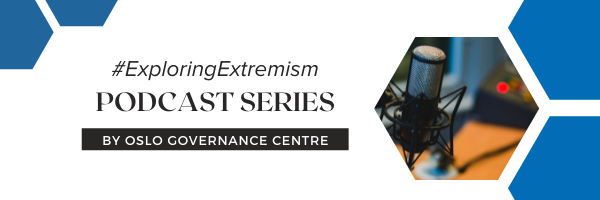Strategic errors? Are Communications interventions effective in preventing and countering violent extremism?

Podcast can be accessed here: https://pveportal.org/podcast/
The efficacy of strategic communications interventions for preventing violent extremism have been increasingly questioned by implementing institutions and donors in recent years. Debate has swirled around program design, effectiveness and how to measure impact.
Vast sums of donor money have poured into communications programming. But criticism has been levelled at interventions that lack robust research into local conditions, that are overly replicated across varying geographic and political contexts, and that are poorly integrated into larger prevention and stabilization programming.
What’s clear is that too many communications interventions rely on the use of social-media based counter narratives. These typically aim to deconstruct and debunk extremist messaging using logic, humour and religiously based counter-information or alternative narratives that focus on positive messaging of ‘what we are for’, rather than ‘what we are against’. This results in an over-reliance on social media metrics have that been called into question due to the ability to manipulate data via a variety of tools, most commonly paid-for “boosted” posting.
What is now needed is measurement tools that more robustly measure qualitative impacts rather than the quantitative special media and web-based metrics. But how can both short-term and long-term impacts be measured in a field where it is notoriously difficult to define success? How can we measure results of active choices versus passive measures? And if robust communications programming is to be designed and implemented, what indicators and metrics are effective in measuring impact?
The over-arching question remains: Just how effective are strategic communications interventions at disrupting recruitment and radicalization? In this podcast we discuss what does and does not work in PVE and CVE strategic communications. We discuss how impact can be measured and what can be done to improve programme design and integration.
We’re joined by local and international strategic communications practitioners who work across the Middle East, Southeast Asia and Africa. They talk about their work, and how best to align and integrate communications interventions that are more focussed on radicalisation trajectories or structural factors to achieve successful outcomes.

 Locations
Locations